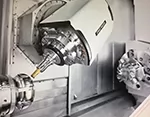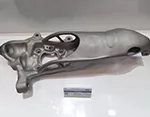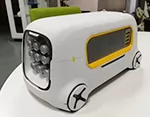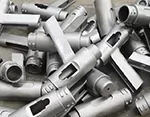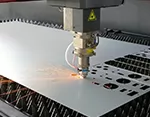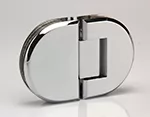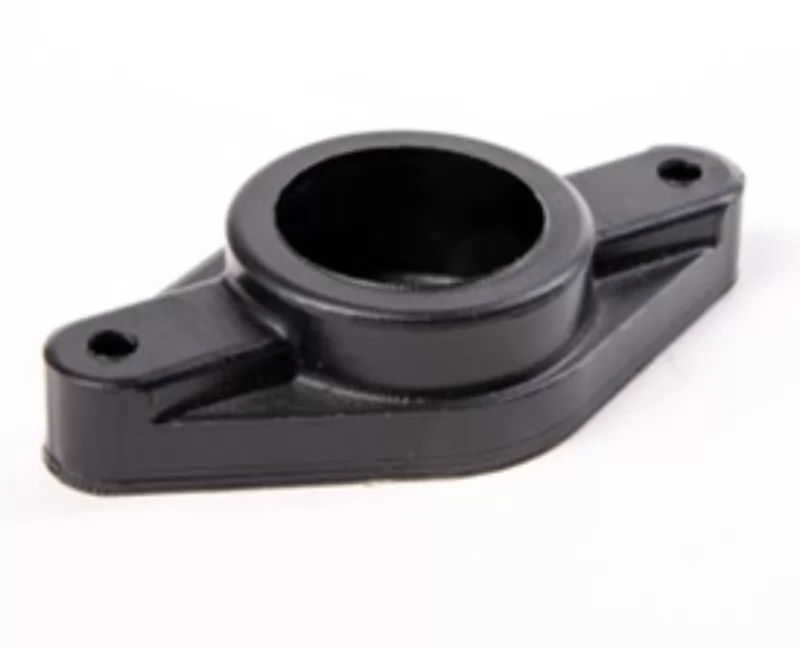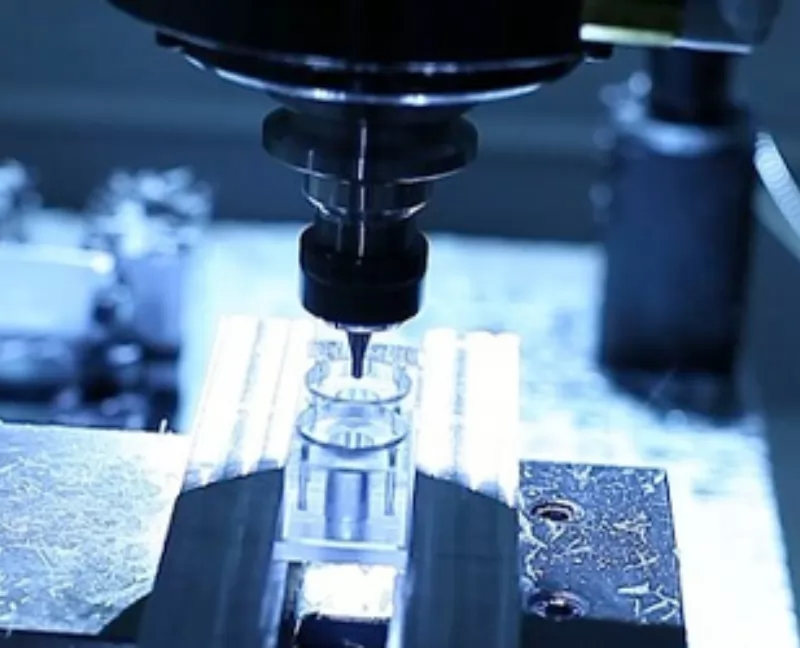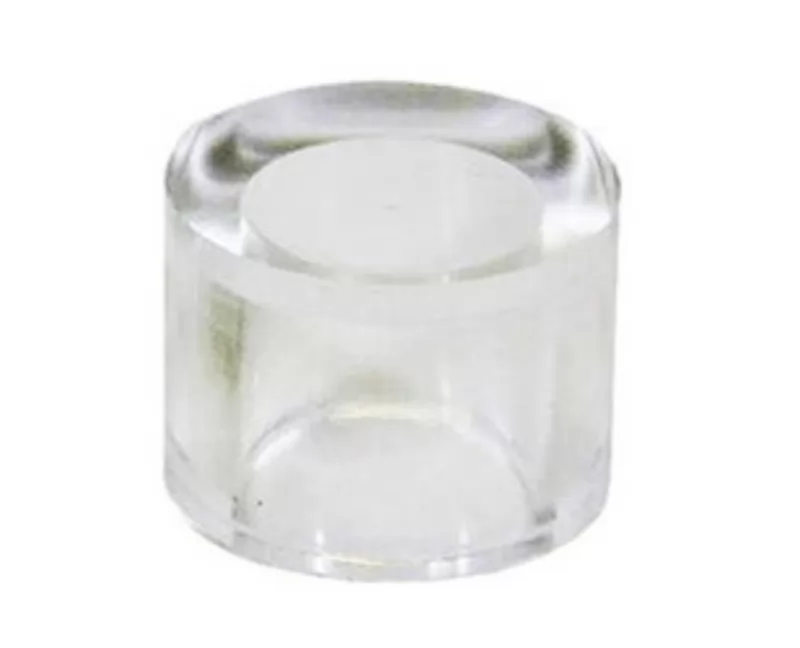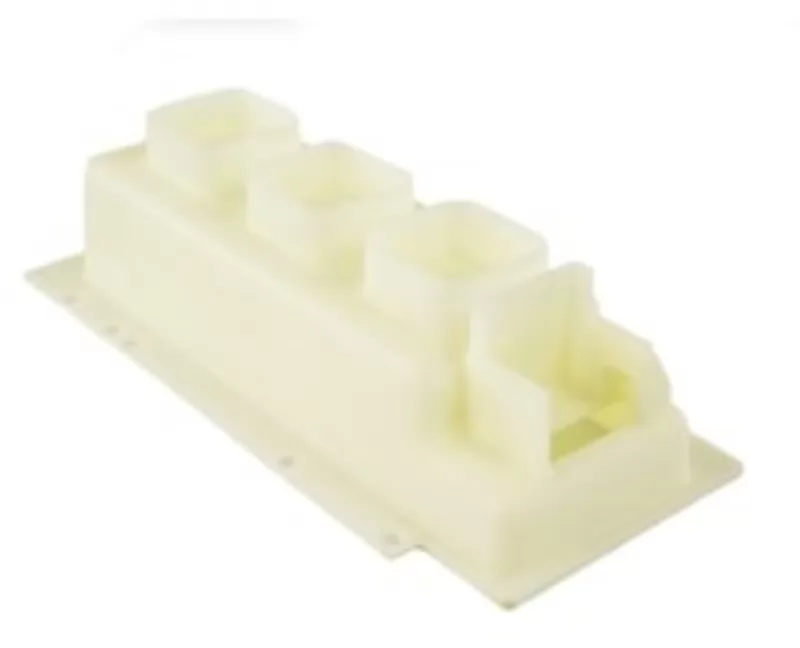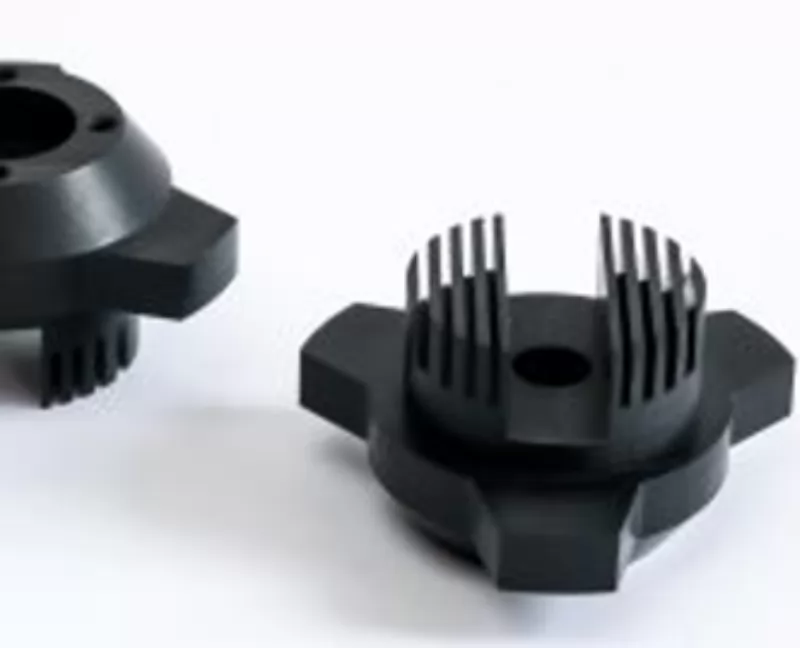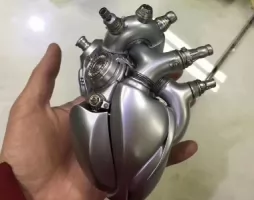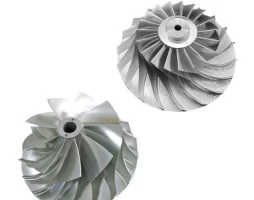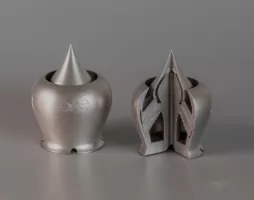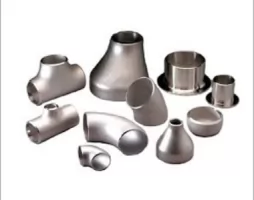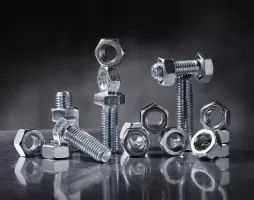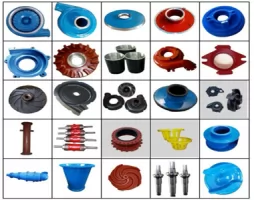-
Service
+
- CNC Precision Machining Service +
- Multi-Axis Simultaneous Machining Service +
- CNC Turning Service +
- Metal 3D Printing Service +
- Rapid Prototyping Service +
- Die Casting Service +
- Sheet Metal Fabrication Service +
-
Finish Serivces
+
- Polishing
- Grinding
- Brushed Finish
- Sand blasting
- Painting
- Powder Painting
- Anodizing
- Hard anodizing Service
- Passivation
- Zinc Plating
- Nickel Plating
- Chrome Plating
- Blackening
- Black Zinc Plating
- Teflon Coating
- Titanium Coating
- DLC Coating
- Laser Marking
- Silk Screen Printing
- Transfer Printing
- Micro Arc Oxidation
- Industries +
- About Us +
- Resource +
- Contact Us
- Quote

-
Service
-
>
-
>
-
>
-
>
-
>
-
>
-
>
-
>
-
- Industries
- About Us
- Resource
- Contact Us
Our CNC milling process produces custom prototypes and end-use production parts in as fast as 1 day. We use 3-axis milling and 5-axis indexed milling processes to manufacture parts from more than 30 engineering-grade plastics and metals.
What is CNC plastic processing?
It’s necessary to know what “CNC” means to understand the depth of knowledge we have in CNC plastic machining. "CNC" stands for "computer numerical control," a process in which preprogrammed computer software provides instructions to tools and machines to create products. Because CNC machining is so efficient, it has been used in a variety of operations and procedures. CNC machines can manage multiple mechanisms: grinders, lathes and mills.
Another advantage of CNC plastic machining is that jobs requiring 3D cutting can be done with just a set of tips. It offers a lot of creative possibilities. Therefore, it is more suitable for use with more complex components. Manual machining requires the presence of an operator who controls the machine or machinery using controls such as levers and buttons. The use of CNC to fabricate plastics eliminates the need for additional workers that were previously needed. This advanced approach requires providing precise instructions to a machine in order for it to successfully automate a wide range of duties.
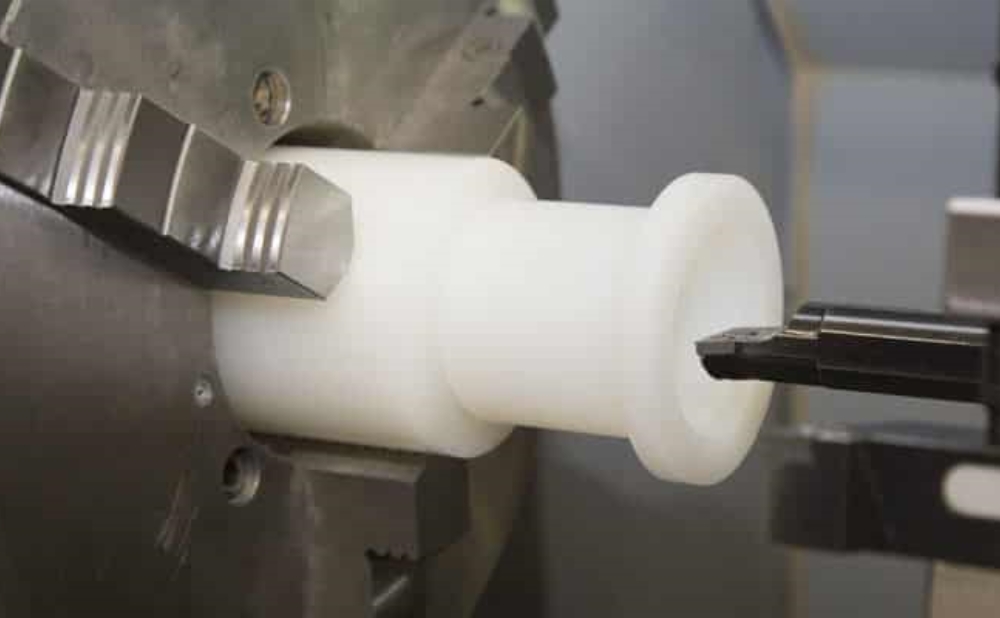
Creating Plastic Prototypes Using CNC Machining
Before machinists started using CNC machining for prototype production, metal was the material of choice for operations. That has changed, however. This is because injection molding was the dominant method of plastic processing in the past.
To create an injection mold, you pay a lot of money. Machinists also have to take extra care in the manufacture of moulds. This is because mistakes made throughout the process can result in additional expenses or even an increase in the overall cost of the project.
A Guide to CNC Plastic Selection.
ABS
The abbreviation for the plastic known as ABS stands for "acrylonitrile butadiene styrene." It provides excellent impact strength, toughness and current resistance at a low cost. Also, it's as easy to finish as it is to paint, glue or weld it together as you prefer. When machined, ABS will have a matte finish. Depending on the specifics of the machining process, however, the finish can be relatively shiny. A CNC mill is required for the cutting or engraving phase of the ABS CNC machining process.
Strengths and weaknesses
ABS is an excellent material for prototyping a wide range of features, preformed prototypes, components that will be exposed to impact and require robustness, and situations where cost needs to be kept low. ABS, on the other hand, is not very abrasive or chemically resistant, and melts when exposed to acetone. Other than that, it's not a very strong plastic.
application
The most typical uses of ABS include the manufacture of pre-injected molded prototypes, electronic component housing, household appliances, and even recognizable Lego bricks.
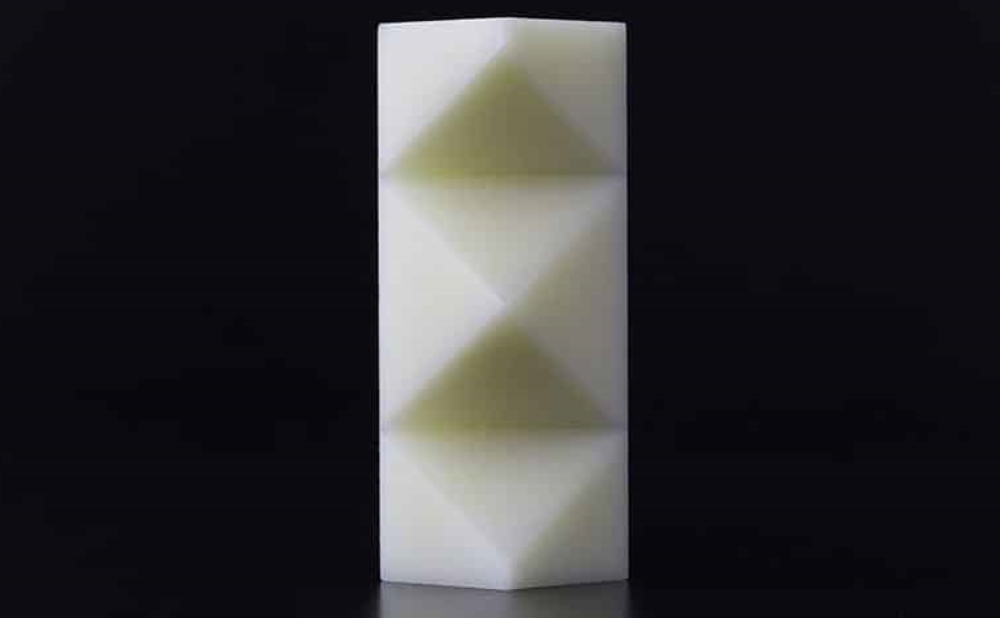
Nylon
Nylon 6/6 is a versatile material that is both strong and durable. It can be used for a wide range of different purposes. It has considerable resistance to heat and chemicals, the stiffness needed to maintain its shape, and the strength to resist deformation even under load. Glass-filled nylon is another standard option and is an excellent material to handle in a CNC job shop.
Strengths and weaknesses
Nylon has excellent electrical insulation, chemical and abrasion resistance, and maintains high strength and stiffness over a wide range of temperatures. Nylon 6/6 is the perfect material choice where strong, durable, low-cost components are desired. Although glass-filled nylon has rigidity, strength, hardness and toughness, its dimensions remain the same. But nylon 6/6 absorbs water, causing the material to swell and become inaccurate in size. Due to the inherent stresses in the material, it may also deform if there is a large degree of asymmetric material removal during processing.
application
The most typical applications of nylon are medical hardware, circuit board mounting hardware, electrical insulation, automotive engine compartment components, and aerospace components. It is used instead of metal because it is a more cost-effective material.
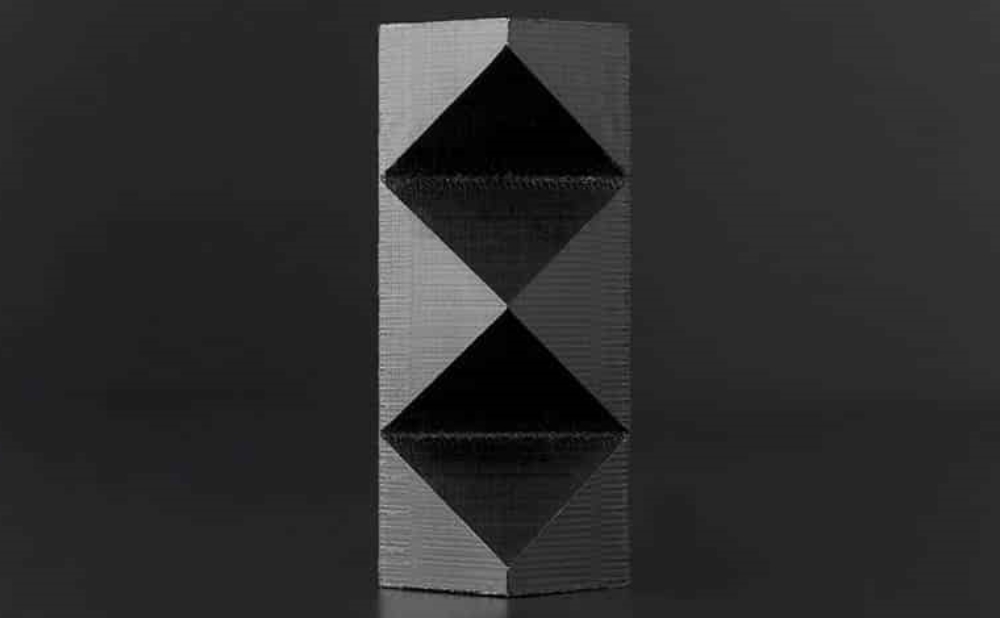
Acrylic
The chemical composition of acrylic is characteristic of PMMA (polymethylmethacrylate) plastic. Acrylic is also known by its trade name: Plexiglas or Plexiglas. It is scratch-resistant, shock-resistant, tough and can be easily fixed using acrylic cement.
Strengths and weaknesses
It is an excellent choice for applications requiring optical clarity or translucency, and is a less durable but more cost-effective alternative to polycarbonate. Due to its scratch resistance, it is an excellent choice for somewhat abrasive locations.
Acrylic, on the other hand, is a brittle plastic that breaks or crumbles more easily than it stretches. When working with acrylic components, pay attention to wall thickness, as thinner walls tend to be more brittle. The treated surface will lose its transparency and will appear matte and opaque during the process. Therefore, it is best to check if the components made of acrylic should maintain their stock thickness to maintain their transparency. Polishing a machined surface is an additional post-processing step that can be performed if the surface needs to be made transparent.
application
In the processed state, the acrylic is transparent. It is most commonly used as a lightweight alternative to glass or in the construction of lightweight plumbing. Components for automotive lighting systems, light tubes, fuel tanks, panels and optical engineering components are just a few examples of further widespread use.
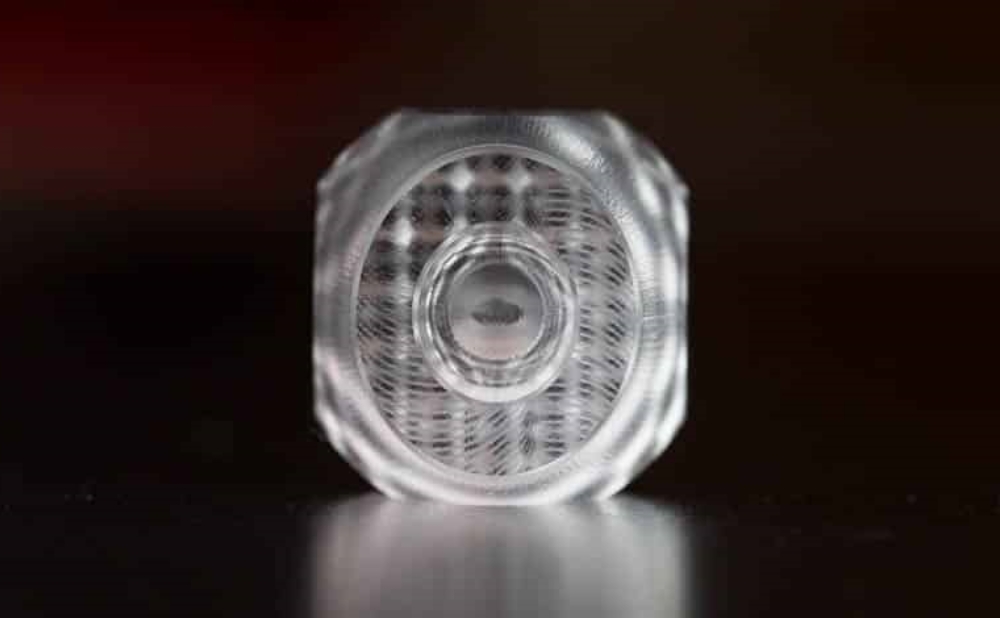
High-Density Polyethylene
High-density polyethylene, or HDPE, has a crystalline structure and a naturally opaque appearance with a waxy finish. However, it is also available in a black stained finish.
Strengths and weaknesses
In addition to its superior chemical resistance and electrical insulation, its surface is slippery. It also provides excellent shock resistance at low temperatures and has a low coefficient of friction. Its cheapness and durability make it ideal for CNC machined plastic parts. But the most significant drawback of HDPE is its low intensity, especially when stretched and bent. As a result, it cracks easily under pressure.
application
HDPE is commonly used in fluid applications such as fuel tanks, plastic containers and pipes. Due to its chemical resistance and smoothness, it is ideal for weight sensitive or electrically sensitive applications. In addition, it is ideal for making plugs and seals.
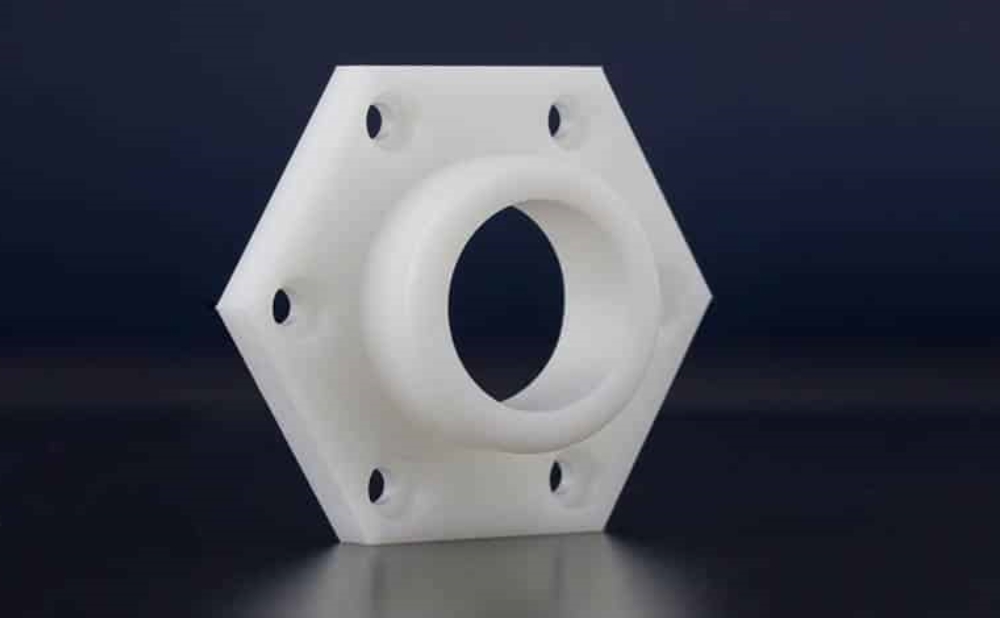
Polycarbonate
Polycarbonate, also known as PC, is the most durable type of plastic. PC remains an unambiguous thermoplastic material. It is, among other things, one of the most commonly used plastics for CNC processing and one of the most frequently recycled plastics in the world. In its natural state, it has a clear milky-blue appearance, but on the market it may be purchased in black. Gloss is an inherent quality of black and cream blue.
Strengths and weaknesses
Polycarbonate is extremely shock resistant and very stiff. It maintains its functionality over a wide range of temperatures. Applications that require highly tough or strong plastics and those that require the optical clarity of polycarbonate are the most important candidates for this material. It is common practice to use polycarbonate instead of glass because it is 250 times more shock-resistant than glass and has better elasticity than acrylic.
In its unmodified form, polycarbonate is not very resistant to wear and scratches. Further post-processing steps (vapor polishing and anti-scratch coating) can be applied to improve the material's wear resistance or optical clarity. Manufactures made from polycarbonate are limited in size by the inaccessibility of sections thicker than 2 inches.
application
Because of its durability and purity, polycarbonate is used in a variety of products: compact discs, light tubes, safety glasses, compact discs and DVDs, cell phones, and even impenetrable glass.
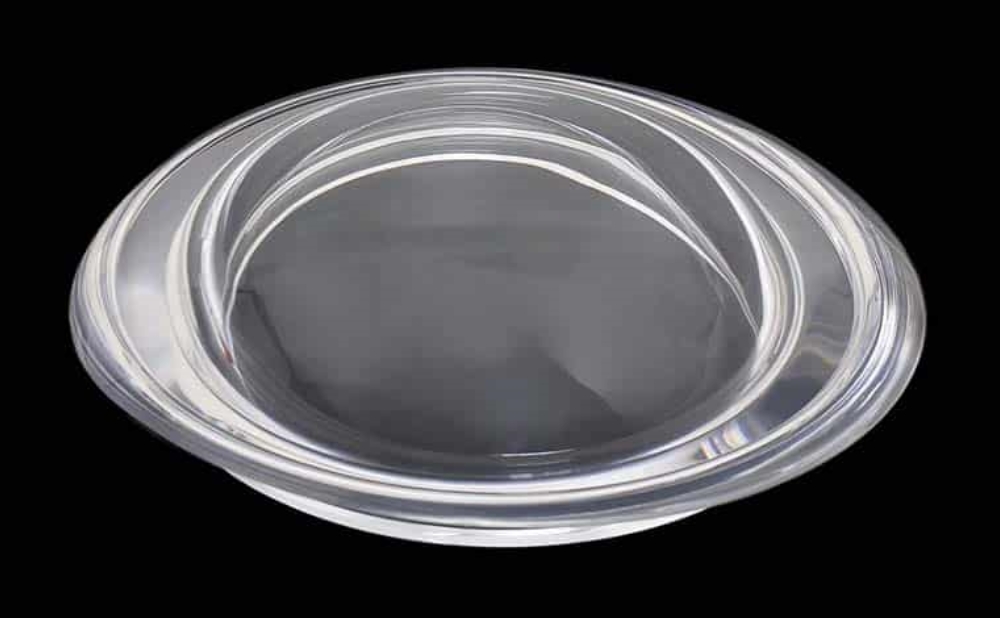
Contact:
Email: Diana@kesugroup.com
WhatsApp: +86 134 2483 1067
Our engineer team are ready for your projects and provide feedback quickly.

